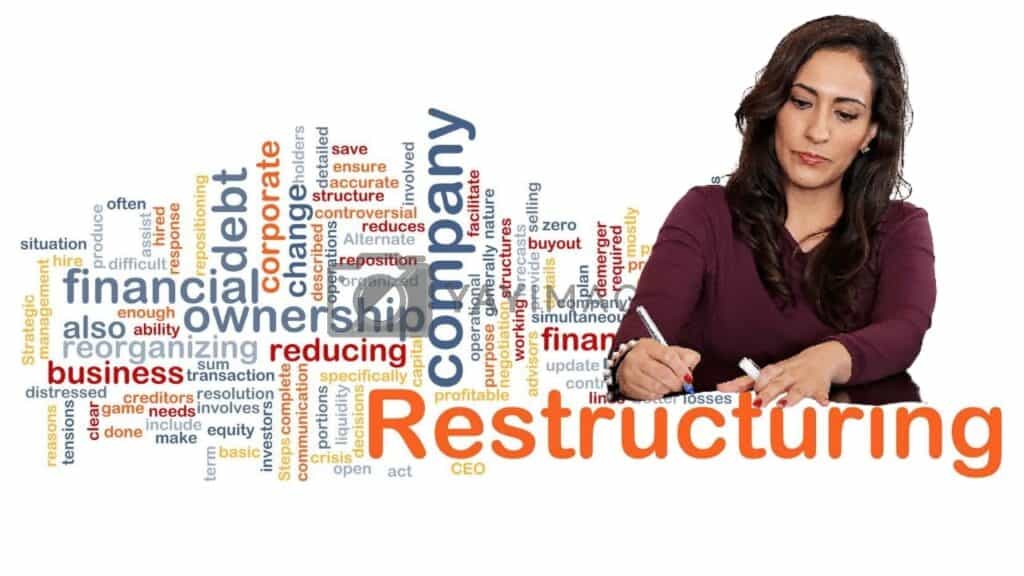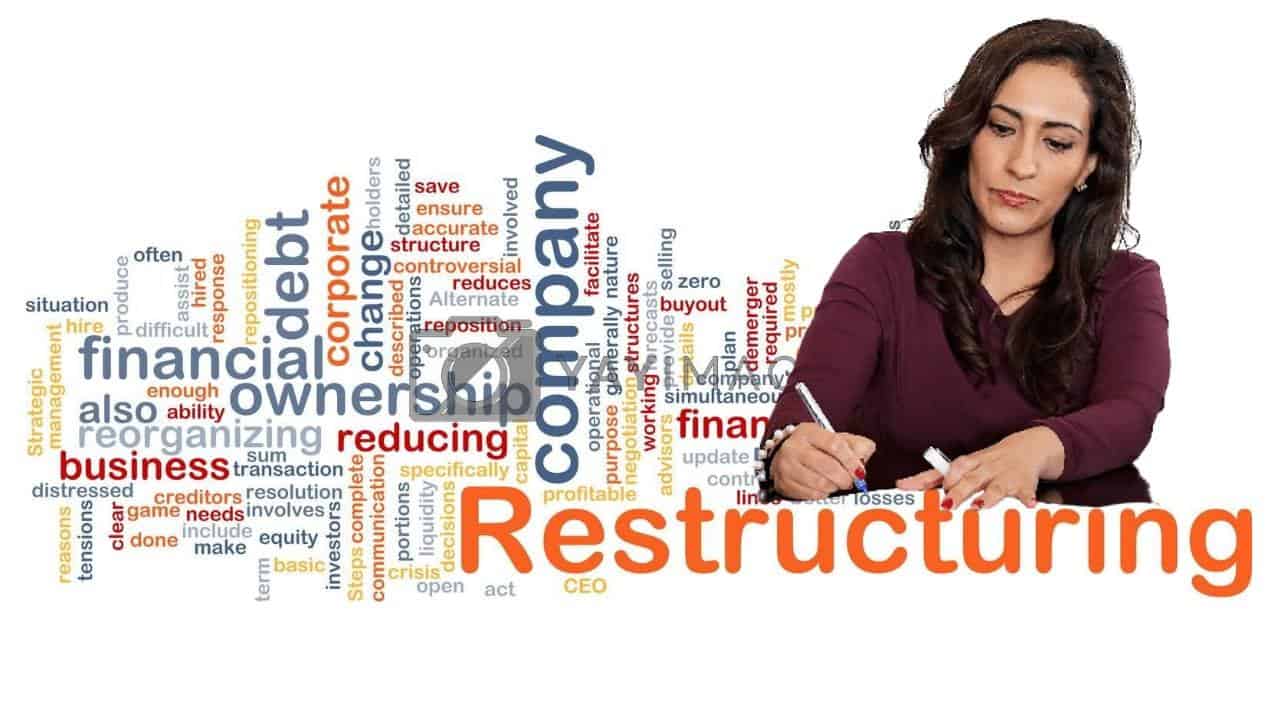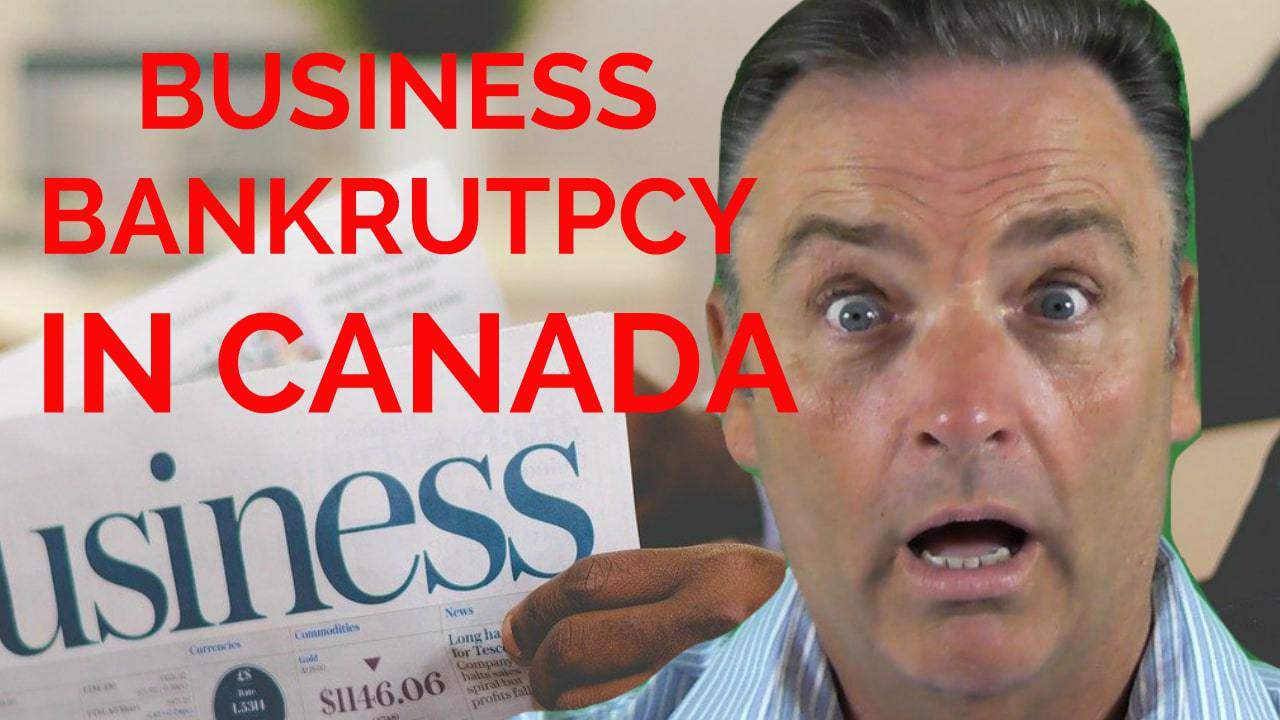restructuring of company
We hope that you and your family are safe, healthy and secure during this COVID-19 pandemic. Ira Smith Trustee & Receiver Inc. is absolutely operational and Ira, in addition to Brandon Smith, is readily available for a telephone consultation or video meeting.
Restructuring of company introduction
Following its bankruptcy, Canadian retailer Le Château announced that it would relaunch online under new ownership. Although extreme, in certain unique circumstances, corporate bankruptcy could be used to restructure a company’s debt and operations.
Often, companies realize they need to restructure too late when fewer options remain and saving the company is more challenging. A restructuring process started on a voluntary basis can generate greater value than a company restructuring done under the imminent threat of bankruptcy.
A restructuring plan is more likely to succeed when managers understand the fundamental business/strategic challenges their company faces. In a corporate restructuring, creditors are often required to make significant concessions, which have significant implications for them as well as for the company.
Using the Le Château case as an example, this Brandon Blog discusses certain aspects of the restructuring of company debt, assets, and operations.

Restructuring of company: Le Château relaunches online following bankruptcy
Following its filing for bankruptcy protection last year, Le Château, now run by Suzy’s Inc., announced its comeback from bankruptcy by launching an eveningwear collection online before the holidays. YM Inc., which owns many brands including Suzy Shier, acquired the intellectual property assets and certain merchandise and other assets.
Herschel Segal founded Le Château Inc. in 1959 as “Le Chateau Men’s Wear”, a menswear store in downtown Montreal’s Victoria Square. Le Château began selling imported clothes from Europe when it added women’s clothing in 1962. As time passed, Le Château sold more fashionable imports to young people instead of its original traditional clothing style. Since then, Le Château has designed, imported, and retailed apparel, accessories, and footwear for women and men.
Its 240 locations at its peak made the Canadian retailer a staple of nearly every mall and shopping district in the country. Le Château Inc. (and its US subsidiary Château Stores Inc.) filed for bankruptcy protection in October 2020 under the Companies’ Creditors Arrangement Act (“CCAA”). It also announced it would close all 123 stores in Canada. The Court granted the companies permission to run a liquidation process in November 2020. It used the CCAA to liquidate its assets rather than for the restructuring of company operations and finances.
To adapt to new retail industry trends, the company implemented efforts to right-sized its brick-and-mortar locations. 122 of its 243 stores were closed during the eight years prior to filing for bankruptcy. The Company’s right-sizing efforts and its important investment in its e-commerce platform helped mitigate the decline in brick-and-mortar revenue, but not enough to compensate. During the three fiscal years prior to its insolvency filing, the Company lost about $130 million in net income. As COVID-19 arrived in March 2020, the end of Le Château was sealed. Proms, weddings, galas, and parties were cancelled, decimating the retailer’s dress sales.
Le Château began liquidating its 121 stores in November 2020, as well as its transactional website. In December 2020, the licensed insolvency trustee acting as CCAA Monitor was also appointed Receiver because all assets were secured by loans to various financial institutions. A court granted the Company’s request to approve a sale transaction with Suzy’s Inc. in June 2021. Le Château’s intellectual property, merchandise, furniture, fixtures, equipment, and signage were purchased by Suzy’s. At that point, the inventory liquidation was completed. Before the Canadian company filed for bankruptcy, the companies changed their names to plain numbered companies as part of the sale of the intellectual property.
A bankruptcy filing was made by the company formerly known as Le Château Inc. on September 2, 2021. Le Château, now run by Suzy’s Inc., has announced its comeback from bankruptcy with the launch of an eveningwear collection ahead of the holidays.

Restructuring of company: Reasons for corporate restructuring
If the company is both insolvent and not viable in its existing form, the normal insolvency process would be receivership, bankruptcy or both. Instead of using the provisions of the CCAA to liquidate a major retailer, a Court-appointed receiver appointed under Quebec law as well as the Bankruptcy and Insolvency Act (Canada) would have accomplished the same thing as the CCAA process used.
In the example of Le Château, selling assets out of a financially sick corporation to a new owner who will operate the assets in a similar business is actually a form of restructuring of company operations. Because the old corporation has too much debt and too many operational problems, it cannot continue. However, as Suzy Shier has shown, there was a good business reason for them to buy certain assets, and they now plan to run a new Le Château business. A new owner was responsible for the restructuring of company operations and finances.
As a result of a financial crisis, a company may undergo restructuring to change the financial or operational aspects of its business. Restructuring can occur for several reasons, including:
- deteriorating financial fundamentals;
- a lack of profitability;
- disappointing sales revenue;
- debt that is too high; and
- an industry with too much competition or the company is no longer competitive.
Under financial duress, a company engages in restructuring when it makes significant changes to its financial or operational structure. In reorganizing internally, a company’s operations, processes, departments, or ownership may change, enabling it to be more integrated and profitable. If shareholders and creditors reach an agreement on a reorganization of assets, issuance of equity to reduce debt, or bankruptcy as long as the business maintains operations, the company may sell its assets.
Restructuring a company usually involves cutting costs, such as payroll, or shrinking the company through asset sales. After restructuring is completed, the business operations should become smoother and more economically sound.

Restructuring of Company: The company restructuring process
Restructuring a company has many benefits, as well as many reasons for a company to restructure. The benefits of corporate reorganization can be summarized in two words: survival and success. The right financial advisory firm can help business owners deal with these challenging issues, whether they are reorganizing for survival or strategic repositioning for the future.
Your company should select restructuring professionals who are experienced in your specific industry as well. As soon as major problems are discovered, the company should begin restructuring its operations and finances. Early diagnosis allows a company to fully evaluate its options and avoid being cornered.
Corporate business restructuring can be divided into several stages:
- assessing the organizational restructuring needed;
- implementing the organizational restructuring;
- identification of weaknesses;
- developing detailed plans to correct these weaknesses through restructuring;
- calculating and securing funding;
- raising private equity to help improve operations and balance sheet;
- evaluating the impact of implemented strategies and amending them as necessary;
- comparing actual financial results to the budget to ensure the restructuring remains on track; and
- making necessary corrections.
Companies often do not allow enough time to plan and implement restructurings. A successful restructuring of a company’s finances and operations depends on how much upfront assessment work was done, how detailed the plan is, and how well the restructuring strategy is implemented.
Reorganizations can take a long time depending on whether they are reactive or proactive. An example of a reactionary restructuring is when bankruptcy proceedings force a company to make changes within a specified period. A corporate executive officer who recognizes a change in consumer preferences and positions their company to be a leader in tomorrow’s market is an example of being proactive.
In today’s economy, companies face many challenges, and company restructuring can be a short- and long-term answer to maintaining company viability. Company restructuring concerns vendors and consumers, stockholders and financial relationships, employees and inventory, quality control and environmental impact, equipment and technology, and management and marketing.
In addition to the reasons for restructuring, every major restructuring has some of these common elements:
- an improved balance sheet;
- reduced tax obligations;
- divesting underproductive assets;
- Outsourcing some functions that can be more cost-effectively done by outside suppliers rather than by company employees;
- reducing debt loads;
- relocating operations;
- restructuring marketing, sales, and distribution;
- renegotiating employment contracts;
- refinancing debts; and
- changing the company’s public image.
Restructuring company operations and finances are expected to result in long-term survival, profitability, and viability, regardless of the reasons and the specific steps taken.

Restructuring of company summary
I hope this restructuring of company Brandon Blog post was helpful for you. Are you worried about your financial situation because you are dealing with substantial debt challenges as a business owner or as an individual? Call me if you have too much debt. It is not your fault. To deal with financial problems, you have actually only been shown the old ways. These old methods no longer work.
The Ira Smith Team employs new modern methods to get you out of debt while avoiding bankruptcy. Let us help you obtain the relief you deserve.
You are under a lot of pressure. We understand your discomfort. A new approach will be designed for you that is as unique as you and your issues, both financial and emotional. Your burden will be lifted and the dark cloud hanging over you will be blown away. We will design a debt settlement strategy for you. We are confident that we can assist you right away.
People and businesses facing financial troubles need a realistic lifeline. There is no one-size-fits-all approach with the Ira Smith Team. Even though we are licensed insolvency trustees, we have found that not everyone has to declare bankruptcy in Canada. Most of our clients never declare bankruptcy. We help people and companies avoid bankruptcy.
This is why we can create a new restructuring process for paying off debt that will be custom-built for you. You’ll have a unique experience, just like the economic difficulties and discomfort you are experiencing. If any of these describe you and you are serious about finding a solution, contact the Ira Smith Trustee & Receiver Inc. group today.
Call us now for a no-cost consultation. Let us get you or your business back on track, driving to healthy and balanced trouble-free operations and eliminating the discomfort factors in your life, Starting Over, Starting Now.
We hope that you and your family are safe, healthy and secure during this COVID-19 pandemic. Ira Smith Trustee & Receiver Inc. is absolutely operational and Ira, in addition to Brandon Smith, is readily available for a telephone consultation or video meeting.



